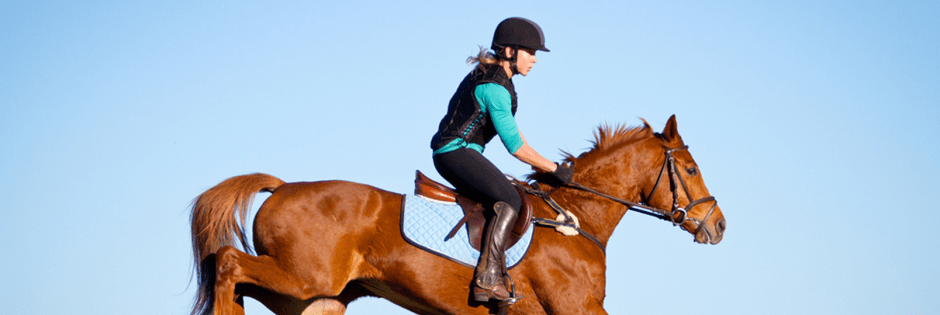
Since being created in the 1970s, para-equestrian events like dressage have spread across the globe.
Strength, stamina, balance and instinct are all tested as the rider strives to become one with their horse. Para-equestrian is perfect for you if you’re an animal lover, a thrill seeker or if you just love getting out in the fresh air.
Para-Equestrian riders can also compete in able bodied competitions using their compensating aids with a dispensation certificate, which can be applied for through British Dressage (BD).
The number of Para-Equestrian competitions is growing across the UK and there are a variety of schemes running across the UK to provide riders with training from regional to national level. British Dressage works closely with the Riding for Disabled Association (RDA) to support riders starting out along the competition pathway.
In international competition riders compete in individual and team dressage. There is a Championship test in which competitors perform set movements, a Freestyle test which, although comprising some compulsory movements, allows the rider and horse to perform to music and to choose most of the movements and a team event consisting of three or four riders, at least one of whom must be a grade 1 or 2.
The team’s final score is based on the sum from the best three performances in the Team test and the Championship test. If the team comprises four riders the least successful score is excluded.
The sport is practiced in 40 countries.
